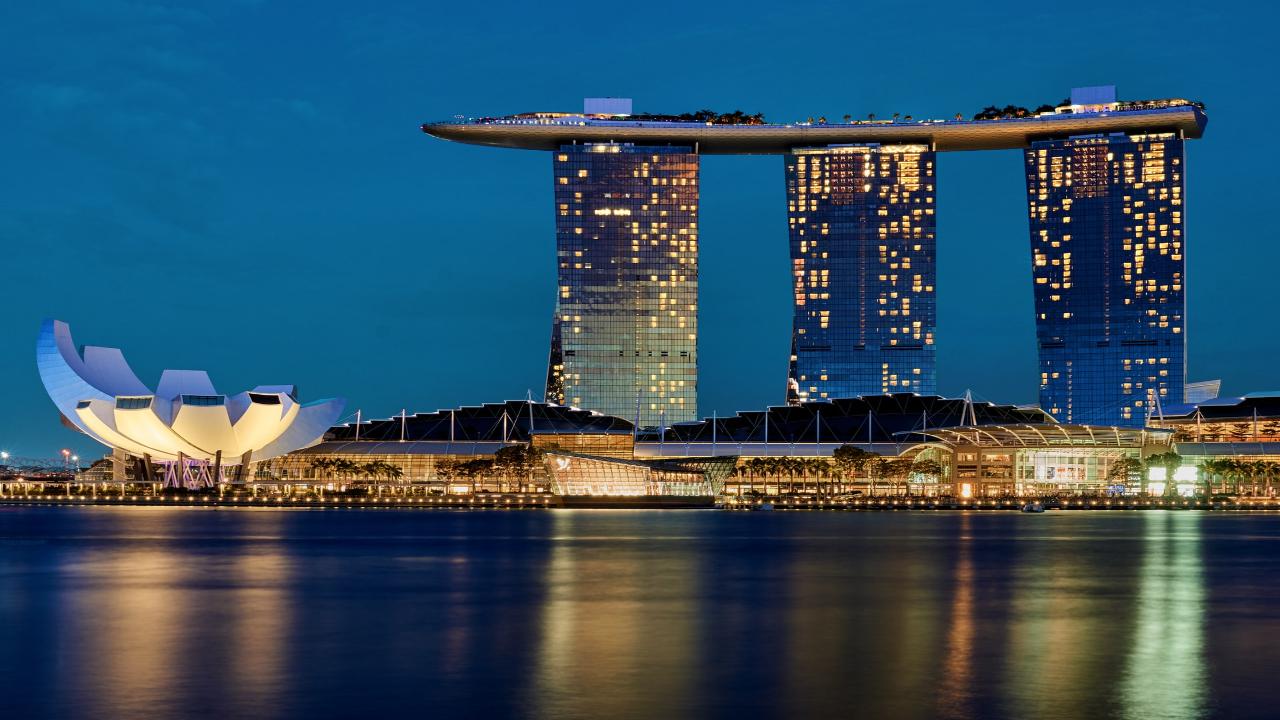The Man-Made Marvel: Unraveling the Story of Singapore
Singapore, a modern metropolis nestled in Southeast Asia, has captured the world's attention with its remarkable achievements. Often dubbed a "man-made country," Singapore's journey from a small fishing village to a global economic powerhouse is indeed awe-inspiring. In this article, we explore the fascinating history of how Singapore came to be, dispel the notion of it being entirely man-made, discover its neighboring countries, and understand the reasons behind its global fame.
The Birth of Singapore
The history of Singapore dates back to the 14th century when it was part of the Srivijayan Empire. Later, it fell under the influence of the Majapahit Empire and the Sultanate of Johor. It was in 1819 when Sir Stamford Raffles, an officer of the British East India Company, signed a treaty with the Sultan of Johor, laying the foundation for modern Singapore. Under the British colonial rule, Singapore flourished as a major trading post due to its strategic location along the maritime trade routes.
Myth of Being a Completely Man-Made Country
While Singapore's development has been heavily influenced and planned by its government, it is not entirely a man-made country. The city-state's transformation into a modern urban landscape involved extensive land reclamation and urban planning initiatives. The Singapore River, once heavily polluted and congested, underwent significant cleanup and redevelopment, giving rise to the iconic Marina Bay area. Additionally, Singapore reclaimed land from the sea to create space for residential and commercial districts, blending the natural landscape with man-made elements.
Neighboring Countries
Singapore is located at the southern tip of the Malay Peninsula, separated from Malaysia by the Johor Strait. It shares maritime boundaries with Indonesia to the south, and its proximity to these neighboring countries makes it a vital hub for trade and commerce in the region.
The Global Fame of Singapore
Singapore's fame is not confined to its impressive skyline or modern architecture. The city-state has achieved global recognition for its exceptional accomplishments in various spheres:
1. Economic Powerhouse: Singapore's economy ranks among the world's strongest, driven by a thriving financial sector, robust trade networks, and strategic investments. It serves as a global financial center and attracts multinational corporations due to its business-friendly policies.
2. Efficient Infrastructure: Singapore boasts an efficient and well-planned infrastructure, including an extensive public transportation system, world-class airports, and excellent connectivity that facilitates ease of travel and business.
3. Clean and Green City: Despite its urban development, Singapore has prioritized environmental sustainability. It is renowned for being a clean and green city, with beautiful parks, gardens, and a commitment to eco-friendly initiatives.
4. Cultural Diversity: Singapore's multicultural society is a melting pot of cultures, languages, and traditions. This diversity is evident in its culinary delights, festivals, and vibrant neighborhoods.
5. Safe and Secure: Singapore is consistently ranked as one of the safest cities globally, making it an attractive destination for tourists and residents alike.
Singapore's journey from a humble fishing village to a world-renowned city-state is a testament to human ingenuity and determination. While the city has embraced modernity through innovative urban planning and development, it remains deeply connected to its historical roots and cultural heritage. With its strategic location, impressive infrastructure, and flourishing economy, Singapore continues to captivate the world and serve as a beacon of success for aspiring nations.

